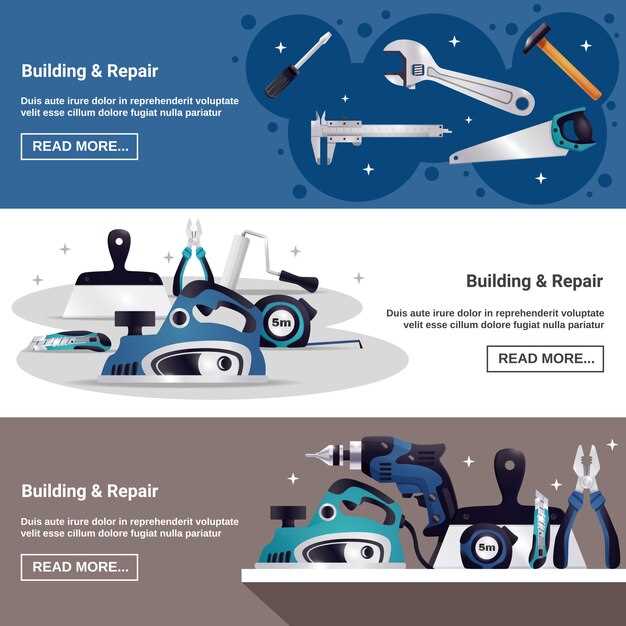
When it comes to vehicle construction, the two predominant designs are unibody and body-on-frame. Understanding the differences between these two architectures is crucial for both automotive enthusiasts and everyday drivers, especially when it comes to repairs. Each design offers unique advantages and challenges during the repair process, making it essential to know how they differ.
Unibody vehicles are constructed such that the body and frame are integrated into a single unit. This design enhances structural rigidity, improves fuel efficiency, and reduces weight. However, if a unibody vehicle sustains damage, repairs can be more complex. Restoring the integrity of the structure often requires specialized equipment and techniques, and even minor impacts can lead to significant frame misalignment.
On the other hand, body-on-frame vehicles feature a separate frame that supports the body of the vehicle. This traditional design is often found in trucks and SUVs, offering increased strength and ease of repair. If damage occurs, mechanics can replace or repair the frame independently from the body, simplifying the repair process. However, this separation can lead to a heavier overall vehicle and potentially lower fuel efficiency.
In this article, we will delve deeper into the specifics of repairs for both unibody and body-on-frame vehicles. By examining the methods, tools, and considerations involved in each repair type, we aim to provide a comprehensive understanding that will benefit vehicle owners and repair professionals alike.
Identifying Damage: Unibody vs Body-on-Frame Vehicles
Identifying damage on vehicles is crucial for effective repairs, but the approach varies significantly between unibody and body-on-frame designs. Unibody vehicles, where the body and frame are one cohesive structure, require a careful examination of potential stress points and structural integrity. Any impact can affect multiple components, making it essential to inspect not only the visible exterior but also the underlying chassis and suspension systems.
In contrast, body-on-frame vehicles are built with a separate frame that supports the body. This design allows for more localized damage assessment. When evaluating damage, it is critical to ascertain if the frame is bent or distorted, which could compromise the vehicle’s safety and function. Visible signs of damage such as misaligned doors, uneven gaps, or body panel separation often indicate frame issues that require comprehensive evaluation.
For both types, a thorough inspection should include checking for signs of alignment issues, welding integrity, and stress fractures. For unibody vehicles, specialized measuring tools are often used to ensure that the body structure remains within factory specifications after repair. Conversely, body-on-frame vehicles might involve more straightforward repairs or reinforcements if the frame is compromised.
Ultimately, understanding these differences in damage identification is essential for mechanics and technicians, as it influences repair techniques, costs, and ultimately, the safety and longevity of the vehicle.
Repair Techniques: Best Practices for Unibody and Body-on-Frame Structures

Repairing vehicles requires an understanding of the structural differences between unibody and body-on-frame designs. Each structure necessitates specific techniques to ensure safety, integrity, and longevity after repairs.
For unibody structures, which feature a single cohesive frame and body, the repair process often involves meticulous techniques. Identifying the damaged area is crucial; common methods include visual inspections and utilization of frame measurement tools. Once the damage is assessed, techniques such as welding, adhesive bonding, and the use of replacement panels are employed. Welding must be performed with precision to avoid warping and ensure that the structural integrity is maintained. Additionally, it is essential to use high-quality adhesives when bonding panels to achieve a seamless repair.
In contrast, body-on-frame vehicles consist of a separate body mounted on a robust frame. Repairs often focus on the frame itself, which can experience significant stress during collisions. Techniques such as straightening or replacing the frame sections may be necessary. Frame straightening involves specialized equipment that pulls the frame back into its original shape, while replacement might require cutting away damaged sections and welding new ones in place. It is critical to ensure that alignment is exact, as misalignment can lead to handling issues and uneven tire wear.
Both types of repairs benefit from the use of advanced technologies like computerized frame measuring systems, which provide precise measurements to guide repairs. This technology ensures that any corrections made during the repair process adhere to manufacturer specifications.
In summary, effective repair techniques for unibody and body-on-frame structures hinge on a solid understanding of each type’s nuances. Employing the right methods–whether through welding and panel replacement for unibody vehicles or frame straightening for body-on-frame vehicles–is essential for achieving high-quality, durable repairs.
Cost Considerations: Comparing Repair Expenses for Each Type

When evaluating repair expenses for vehicles, the differences between unibody and body-on-frame designs are significant. Each type presents unique challenges that directly influence the cost of repairs.
Unibody vehicles are typically more expensive to repair due to their integrated construction. Damage to one area can often require extensive work on the surrounding structural components. Repairs involve specialized tools and techniques, often leading to higher labor costs. Furthermore, the need for precise alignment after repairs can increase the time and costs associated with restoring a unibody vehicle to its original condition.
On the other hand, body-on-frame vehicles tend to be less costly to repair. Their separate frame and body design allows for individual sections to be replaced or repaired without affecting the entire structure. This modularity often results in simpler repairs and lower costs for both parts and labor. If damage occurs, specific components can be detached and worked on individually, which can save both time and money.
Another financial consideration is the availability of parts. Unibody models may require specialized parts that can be more expensive due to limited availability. In contrast, body-on-frame vehicles often share parts across multiple models, making them more affordable and easier to source in the event of repairs.
Insurance implications also play a role in overall costs. Many insurance companies categorize unibody repairs as higher risk due to the complexity involved, which may result in higher premiums for the vehicle owner. Body-on-frame vehicles, being traditionally easier to repair, may lead to lower insurance costs.
Ultimately, the choice between a unibody and body-on-frame vehicle can have substantial financial implications, not only at the point of purchase but also when it comes to long-term maintenance and repair expenses. Understanding these differences is crucial for potential car buyers and current owners alike.

